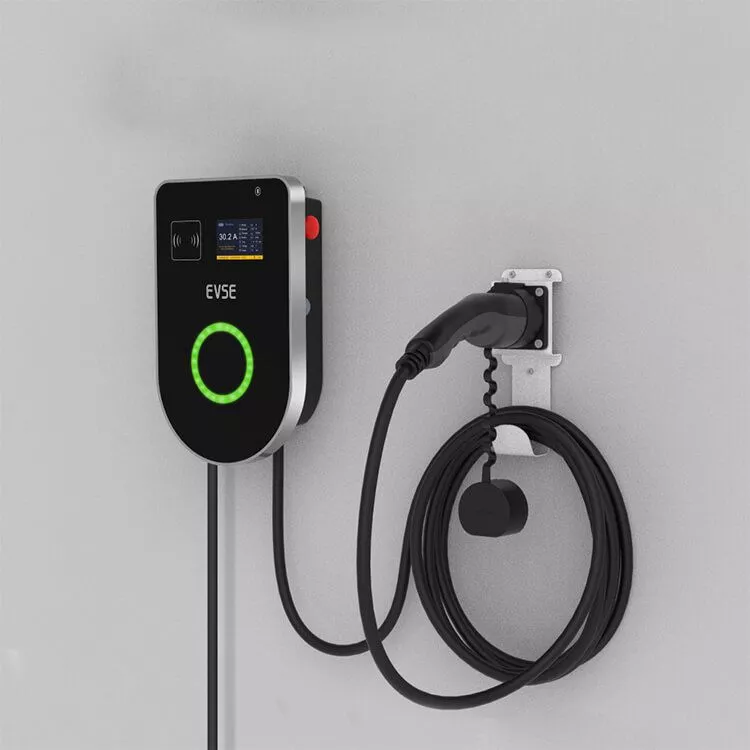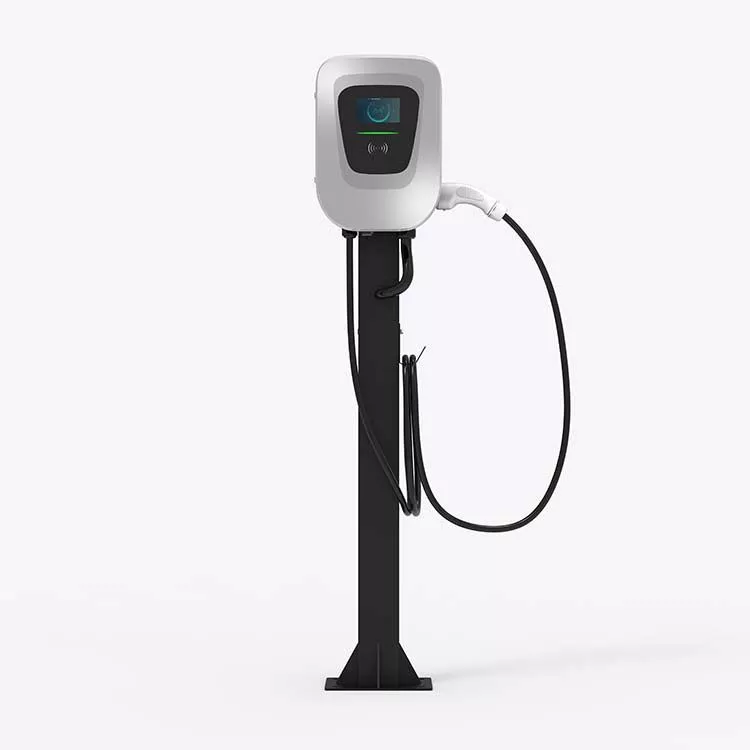What is the function of EV Quick Charger?

What should you pay attention to with the Mobile Charger?
It is best to have EV quick charger for different plug types. The ADAC points out that they must code so that they automatically recognize the type of connector good to use. This avoids overloading.
The best choice is chargers with an output of 11 kW. You do not need network operator approval. The devices should provide with the CE seal. There are a few requirements for the connection with which the charger is good to use. Under certain conditions, the chargers require approval from the grid operator. Their total rated power is greater than 12 kVA.
But in the meantime, current or already announced models have EV quick charger and thus longer ranges. The fast charging technology of the vehicles is also getting better and better.
It’s just a pity that the vehicle manufacturers often only provide vague information about this. Sometimes ask for a surcharge for the CCS quick charging socket. That should be part of the standard equipment today.
Fast charging with up to 350 kilowatts
In addition to the Tesla models, which have provided with high charging capacities of more than 100 kW on the specially installed superchargers for years? Other car manufacturers are finally offering vehicles for sale that can handle high charging capacities.
Thanks to cooled charging cables. High power chargers (HPC) enable an energy supply of 150 to 350 kW.
Made for fast charging: EV quick charger
So, everything ok? Unfortunately not, because despite all the technical advances, fast charging still has its pitfalls. Drivers observe again and again that their e-car charges sometimes faster. Sometimes it is less quickly – and that even at one and the same fast charging station.
The car manufacturers explain the phenomenon with the control strategy of the battery management system. They determine the actual charging capacity. Because the battery management has to ensure that the battery is not overloaded during charging.
If it were to be subjected to excessive loads, this could have a negative impact on its service life. And of course, the EV quick charger wants to prevent that at all costs.
The temperature of the battery must always be in the comfortable range
Like humans, a battery has a kind of comfortable temperature and suffers from stress factors. In order to achieve the ideal charging performance and thus short charging times. The temperature of the drive battery must always be in the comfortable range during the charging process.
For example, if the battery has cooled down in winter, the charging time will be significantly longer with fast charging. It first has to be brought up to temperature.
Car manufacturers usually specify the charging times for fast charging for up to 80 percent of the battery capacity. This makes sense because the charging capacity to protect the drive battery reduces the more the battery is full.
EV quick charger: charging curves and ranges
Since it is important for electric car drivers and prospective buyers to know and understand the rapid charging behavior of an electric car. The ADAC has measured the charging curves of some vehicles on a random basis and shows them transparently. The focus is on the range between 10 and 80 percent battery charge, which is relevant for fast charging.
Result: The charging strategies for protecting the battery are very different for models from different manufacturers. The Audi e-Tron charges in the relevant area with an amazingly constant maximum power of almost 150 kW. EV quick charger results in a charging power of 145 kW.
In contrast, the Mercedes EQC continuously reduces its charging capacity from a nominal 110 kW when the battery level is just under 40 percent. The curve of the VW ID.4 is somewhat steeper than that of the EQC. The bottom line is that the ID.4 is slightly ahead of the Mercedes when it comes to recharged range.
Conclusion
Basically, it is becoming apparent that with a corresponding consumption efficiency of the respective car. Charging capacities from around 100 kW are sufficient to achieve the defined long-distance suitability. This is proven by the results of the Porsche TAYCAN, Audi e-Tron, VW ID.4 and Mercedes EQC. Cars with a lower charging capacity, such as the Renault Zoe, tend not to meet the requirement of long-distance suitability.
EV quick charger: tips for e-car drivers
The better the quick charging function, the more flexible an electric car can be good to use in everyday life and for longer distances.
Before purchasing, consider how often a vehicle will be good to use to cover distances beyond the vehicle’s range. The more frequent, the more important is the quality of the fast charging function.
- Always order the quick charge function if this is not part of the standard scope of delivery
- Only charge the battery up to 80 percent on the go, and charging beyond that takes a disproportionately long time.
- An e-car should have a range of at least 300 kilometers for longer distances according to the ADAC Eco-test and approx. 200 kilometers after recharging in 30 minutes.
- To protect the drive battery, charge quickly by EV quick chargeronly when really necessary
- In cold temperatures, preheat the battery or allow for longer charging times
Lithium-ion battery: energy, safety, durability
The most important requirements for the battery of an electric car are high energy and power density (important for driving performance) as well as safety and functionality. Almost all vehicle manufacturers and suppliers are currently concentrating on the lithium-ion battery, as this best meets the requirements and also has development potential.

EV quick charger characterizes by high cycle stability (charge/discharge). They have therefore been standard equipment for small electrical devices such as mobile phones, notebooks and cordless tools for some time now.
In contrast to the lithium-ion batteries installed there, the batteries good to use in electric cars have sophisticated thermal management. This ensures a long service life of the battery cells.
On the one hand, it ensures that the cells do not overheat and, on the other hand, controls the temperature and power output when it is cold so that the cells are not damaged.
Lithium-ion battery: how the battery works?
When charging, the lithium ions (Li+) migrate from the cathode to the anode.
The comparison with an organism is obvious: if the EV quick charger is not kept within a certain temperature range (about 10 to 40 degrees Celsius), it will not feel well, will not be able to work well or will even damage.

